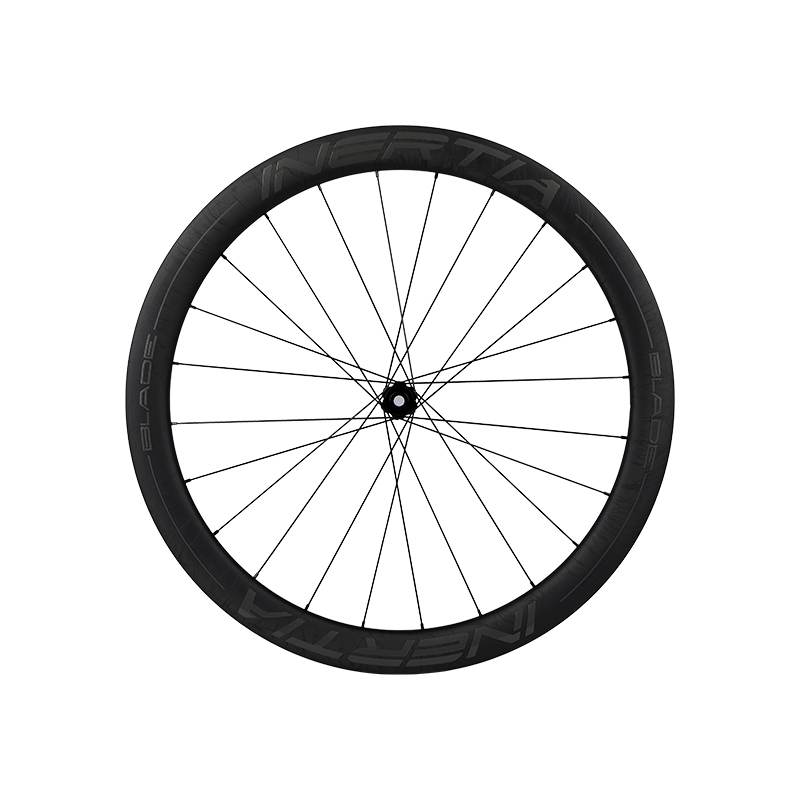Road bicycle wheel sets typically use hubs designed for the specific demands of road cycling. The two primary types of hubs commonly used in road bike wheel sets are:


Quick-Release (QR) Hubs: Traditional quick-release hubs have been a standard for many road bike wheel sets. They feature a hollow axle passing through the center of the hub and are secured in the bike's frame or fork dropouts using a quick-release skewer. Quick-release hubs are popular, especially in road bikes with rim brakes.
Through-Axle Hubs: More prevalent in modern road bikes, particularly those equipped with disc brakes. Through-axle hubs use a solid axle that threads directly into the fork or frame, providing increased stiffness and improved brake alignment. This design is favored for its enhanced security and better support for disc braking forces.
Considerations for road bike hubs include:
Bearings: Many Road bicycle wheel sets use sealed cartridge bearings that are more resistant to the elements and require less maintenance compared to traditional loose ball bearings.
Hub Engagement Mechanism: Hubs use various mechanisms, such as pawls or ratchet systems, within the freehub body to engage with the cassette and affect the responsiveness and efficiency of power transfer.
Hub Material and Weight: Most hubs are made of aluminum alloy to balance strength and weight, but higher-end wheel sets may utilize carbon fiber or titanium to further reduce weight while maintaining durability.



 Español
Español













